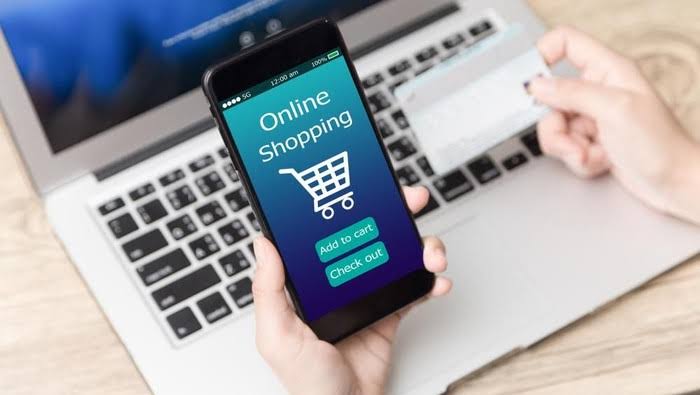Safe Online Shopping: A Comprehensive Guide
Understanding the Importance of Secure Online Shopping
In today’s digital age, online shopping has become increasingly prevalent, offering convenience and accessibility to consumers worldwide. However, with the rise of online shopping comes the risk of cybersecurity threats and fraudulent activities. It’s crucial to prioritize security when making purchases online to protect your personal and financial information from potential cyberattacks and identity theft.

Choosing Reputable Websites and Retailers
When shopping online, it’s essential to only use reputable websites and retailers that prioritize customer security and data protection. Look for websites with secure payment gateways, such as SSL encryption, to ensure that your sensitive information is transmitted securely. Additionally, read reviews and check ratings for online retailers to verify their credibility and reliability before making a purchase.
Verifying Website Security Measures
Before entering any personal or financial information on a website, verify that the site is secure by checking for indicators such as a padlock icon in the address bar or “https” in the URL. These signs indicate that the website is using encryption to protect your data from interception by third parties. Avoid entering sensitive information on websites that do not have these security measures in place.
Creating Strong and Unique Passwords
One of the most basic yet crucial steps in online shopping security is creating strong and unique passwords for your accounts. Avoid using easily guessable passwords such as “password123” or common phrases that can be easily cracked by hackers. Instead, opt for complex passwords that include a combination of letters, numbers, and special characters, and consider using a password manager to securely store and manage your login credentials.
Utilizing Two-Factor Authentication
Two-factor authentication (2FA) adds an extra layer of security to your online accounts by requiring additional verification beyond just a password. Enable 2FA whenever possible, especially for accounts that contain sensitive information or payment details. This additional step helps prevent unauthorized access to your accounts, even if your password is compromised.
Being Wary of Phishing Scams
Phishing scams are a common tactic used by cybercriminals to trick unsuspecting individuals into revealing sensitive information such as login credentials or financial details. Be cautious of unsolicited emails, text messages, or phone calls that request personal or financial information, and avoid clicking on suspicious links or attachments. When in doubt, contact the company directly through their official website or customer service channels to verify the legitimacy of the communication.
Monitoring Your Accounts Regularly
Stay vigilant by monitoring your bank and credit card statements regularly for any unauthorized or suspicious transactions. Report any unauthorized charges or suspicious activity to your financial institution immediately to prevent further fraud and protect your accounts. Additionally, consider setting up alerts and notifications for account activity to receive real-time updates on any unusual or potentially fraudulent transactions.
Securing Your Devices and Networks
Ensure that your devices, such as computers, smartphones, and tablets, are equipped with up-to-date security software and antivirus protection to defend against malware, viruses, and other online threats. Additionally, secure your home Wi-Fi network with a strong password and encryption to prevent unauthorized access and protect your personal information from interception by cybercriminals.
Practicing Safe Online Shopping Habits
In addition to following these security measures, there are several safe online shopping habits that you can adopt to further protect yourself while shopping online. Avoid using public Wi-Fi networks for online shopping, as they may be vulnerable to interception by hackers. Instead, use a secure and private network connection, such as a password-protected home Wi-Fi network, when making online purchases. Additionally, refrain from saving payment information on websites unless absolutely necessary, and always log out of your accounts after completing a purchase to prevent unauthorized access.
Conclusion
In conclusion, safe online shopping requires a combination of vigilance, awareness, and proactive security measures to protect your personal and financial information from cyber threats and fraudulent activities. By choosing reputable websites and retailers, verifying website security measures, creating strong and unique passwords, and utilizing additional security features such as two-factor authentication, you can shop online with confidence and peace of mind. Remember to stay vigilant, practice safe online shopping habits, and monitor your accounts regularly for any signs of suspicious activity to safeguard your sensitive information and enjoy a secure and seamless online shopping experience.
